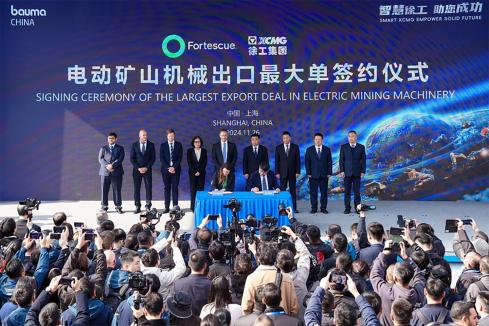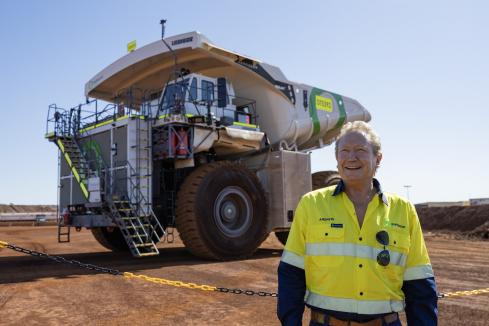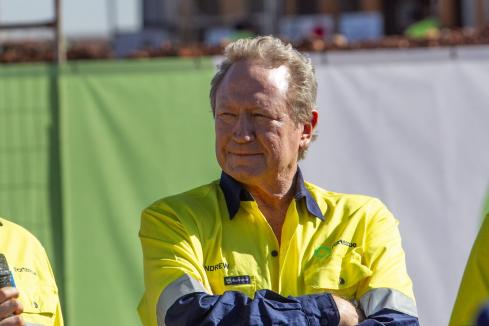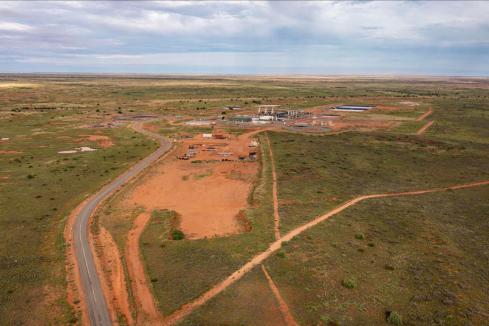In some of the state’s more remote towns, where electricity can be 700 per cent more expensive to deliver than in Perth, embracing cheaper new technology is only part of the solution to driving down costs.


In some of the state’s more remote towns, where electricity can be 700 per cent more expensive to deliver than in Perth, embracing cheaper new technology is only part of the solution to driving down costs.
Rural electricity provider Horizon Power managing director, Frank Tudor, told Business News the state-owned, taxpayer-subsidised entity faced two major challenges.
The first was assuring a wary public and heavily indebted government that Horizon, which acts as an electricity generator, retailer and distributor, was being run efficiently, Mr Tudor said.
To that end, he said Horizon had reached 70 per cent of its goal to reduce taxpayer subsidies by $100 million per year by 2018.
The second challenge was eking out more value, and flexibility.
Two months ago, Business News reported that Horizon had saved $2 million through contract negotiations with Contract Power Australia, which built six new power stations in the Mid West, and $6.4 million by outsourcing major work to engineering firm GHD.
But news last week of a blowout in Horizon’s underground power program will be a setback.
Mr Tudor said Horizon was beginning to adapt to changing technologies and energy demands across its sprawling 2.3 million square kilometre service area, made up by dozens of micro-grids, each with its own set of community needs and economics.
“Because the future is so uncertain, you’ve got to start to make decisions that are shorter term in nature and build in optionality and flexibility so you’re not locked into old technology or end up with stranded assets, and you’re providing enough flexibility to switch when the economics dictate you should,” he said.
When it comes to meeting new power demands, Horizon has increasingly sought public private partnerships, such as the deal it struck with miner Fortescue Metals Group and Canadian contractor TransAlta Corporation to build a $550 million power station in the Pilbara.
Mr Tudor said by having FMG join Horizon as an offtaker, in addition to TransAlta’s involvement, Horizon had avoided paying the full cost of a project that would have incurred between $700 million and $800 million in state debt.
In terms of replacing ageing infrastructure, Mr Tudor said there were several issues Horizon had to address.
For towns such as Menzies and Cue in the Mid West, where the cost of power generation and distribution ranges from $1 to $2 per kilowatt hour, Mr Tudor said removing the ‘old’ to make way for new technologies was not economically viable.
“We have got a network, we have got a central power station,” Mr Tudor told Business News.
“There is still value in those assets, that money has been sunk.
“So our job is to manage wisely the transition from what we’ve got to the new way that energy might be provided by a reliance on distributed energy in its different forms.”
Mr Tudor said while Horizon encouraged greater uptake of renewable energy, it had also imposed limits due to its efforts to improve reliability and quality issues stemming from intermittent generation.
Horizon has also joined a chorus of industry proponents nationwide calling for electricity tariff reform as a key way to transform the grid into one that takes advantage of the falling cost of solar and uptake of battery storage.
“The grid’s going to be required for a considerable period of time – decades and decades,” Mr Tudor said.
He said incorporating appropriate price signals and new technologies, such as sensors and smart meters, would help the grid evolve to a system that facilitated sharing across all consumers, who were increasingly also becoming generators.
“From a basic piece of infrastructure it becomes a smart piece of infrastructure to something that resembles a trading platform,” Mr Tudor said.
“We all should have a vested interest in making sure that it’s upgraded and becomes smarter to enable the take up of renewable energy.
“The price signals need to be the right ones so that people (can) make decisions based on their own economics, but also the system can invest in itself to actually improve the exchange of electricity and information.”





















